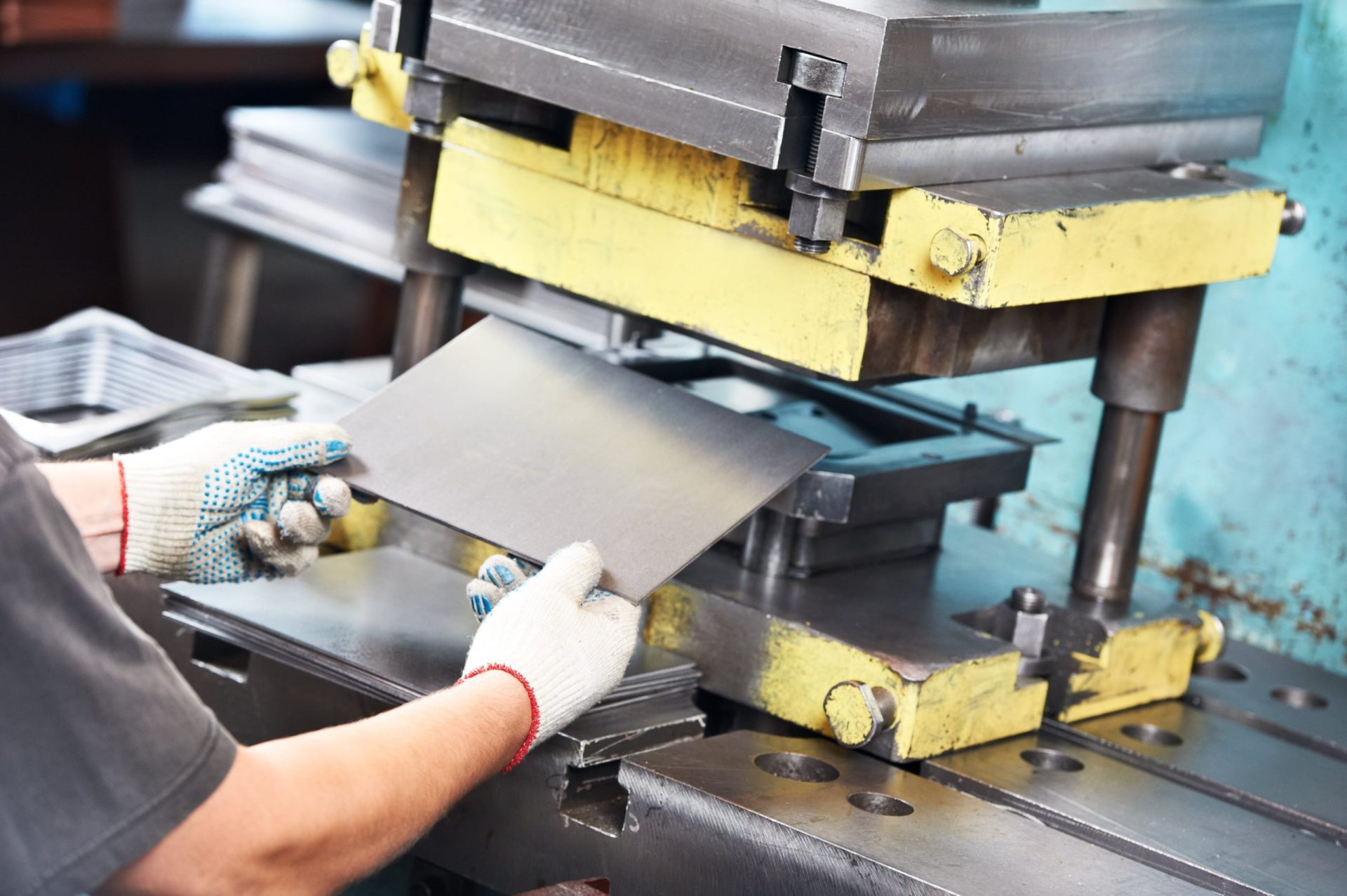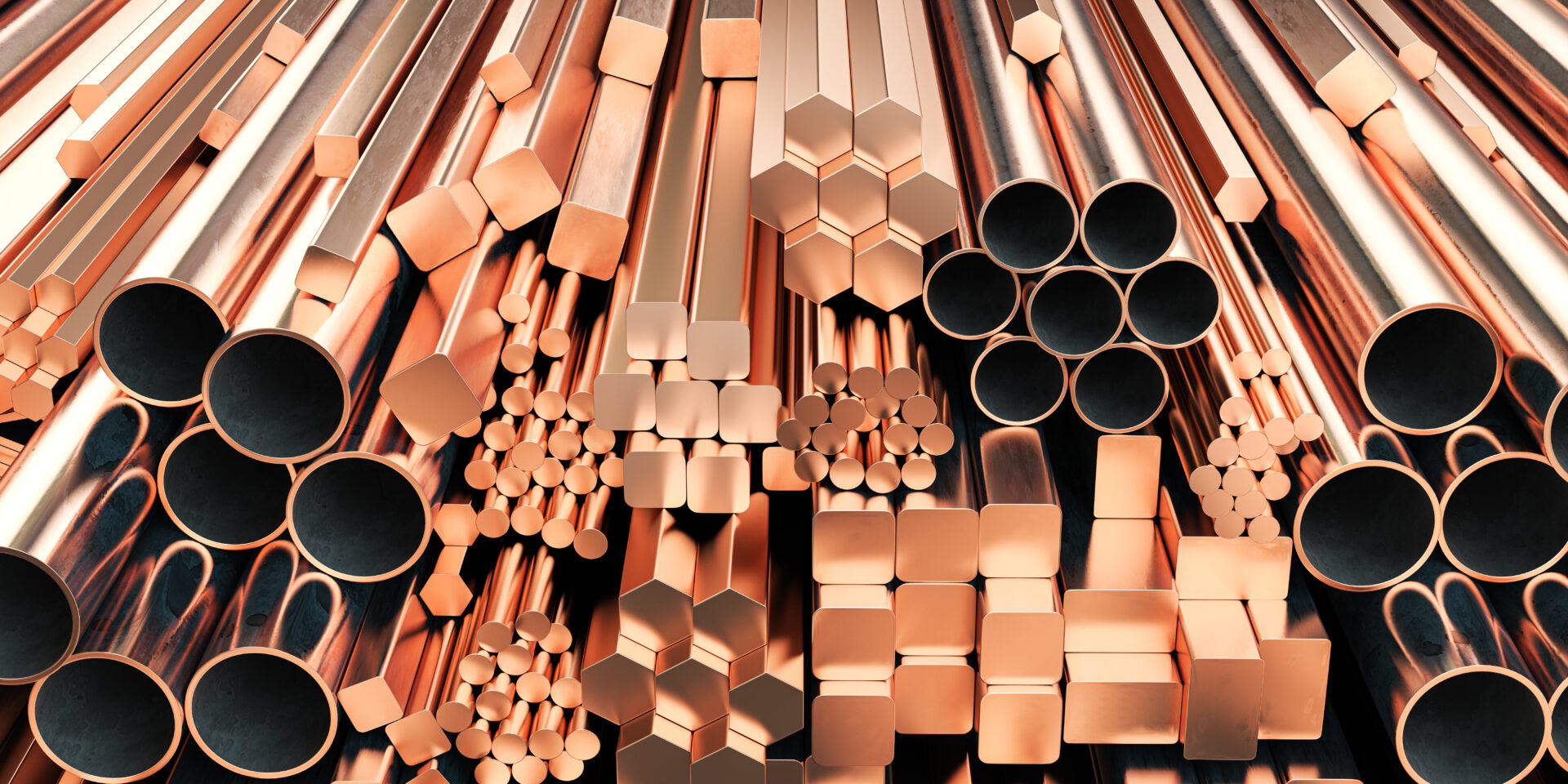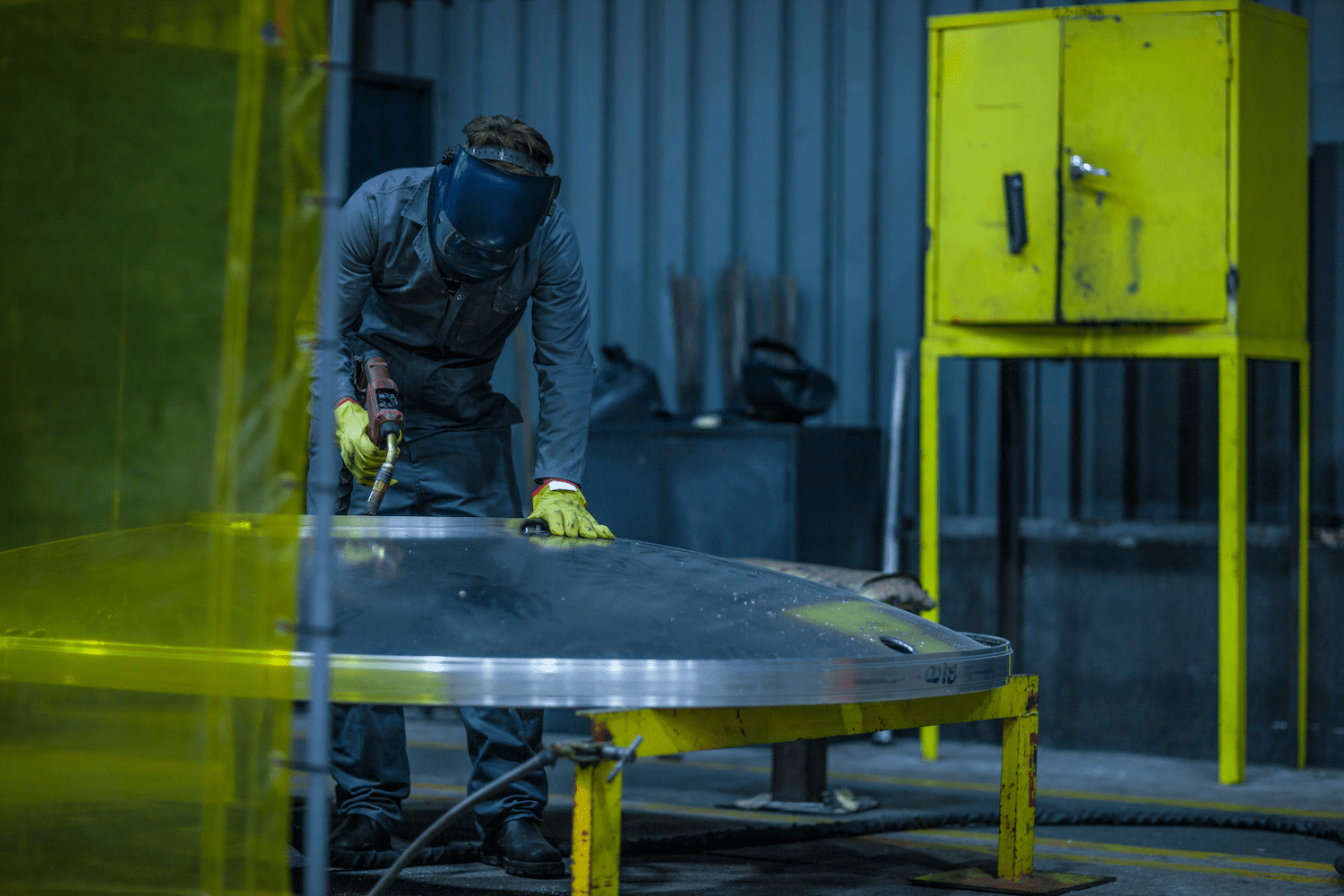
Do you have any leftover sheet metal from construction projects? Consider the benefits of sheet metal recycling.
First, some quick facts about sheet metal workers, the ones who fabricate or install products made from thin metal sheets, such as ducts used in heating and air conditioning systems.
Their median pay in 2017 was nearly $48,000 a year, or $23.07 an hour, and the job outlook in the future is above the national average. Employment of sheet metal workers is projected to grow 9 percent through 2026, and that employment growth reflects an anticipated increase in the number of industrial, commercial, and residential structures expected to be built over the next decade.
In other words, a booming economy is leading to a boom in residential and commercial construction.
The sheet metal market has evolved considerably during the last decade, with applications for sheet metal — namely steel, aluminum, and even stainless steel — growing considerably.
This is also good news for the scrap metal recycling industry, which can recycle excess sheet metal and get it recirculated into the economy at a time when demand is rising.
That’s particularly true as recent tariffs on imported metal products from overseas have prompted an increasing number of manufacturers to instead source recycled products instead. But there are indications that not enough sheet metal is being made within the U.S. to meet demand, which also increases the need for, and value, of recycled sheet metal.
Why is the Sheet Metal Industry Growing?
Manufacturing companies have tended in the past to ship scrap overseas, so it could be processed less expensively because labor costs are lower there, then get it shipped back to the U.S. in an end product.
That trend started changing as the United States and China began to ramp up a trade war, with new duties imposed on a host of products from both countries, including steel.
So why is sheet metal so in demand?
Applications for sheet metal such as steel, aluminum and stainless steel have been growing in recent years. Today, sheet metal has a lot of different applications and has become more widely used in the industrial manufacturing sector.
A booming economy is helping considerably. The growth in the U.S. in the past six years, with new construction, infrastructure improvements, and increased consumer demand for products and services, has boosted demand for sheet metal, which is now particularly strong in construction, auto, and aerospace production.
Sheet metal is also a major factor in heating, ventilation, air-conditioning, and refrigeration systems, and with the boom in new construction has come enhanced growth opportunities in this field.
With the U.S. economy fired up on all cylinders, suppliers have been able to sell pretty much everything they can produce, and supply chains where metal is recycled repeatedly has become a useful option in the manufacturing of products.
The global sheet metal market is a growing segment of the Chemicals and materials sector, which involves the development and processing of raw materials, and includes the refining of metals. Stainless steel sheet metal, aluminum sheet metal and cold rolled plate have become major applications for automobile and aircraft manufacturing, and as building material as well.
This is true not only in the United States, but in Europe, China, Japan, and Southeast Asia.
The growth in this industry could become a boom for recyclers of scrap products, particularly as higher tariffs go into effect, prompting more and more U.S. companies to source recycled products rather than imported one.
Pricing is making a difference. Pricing with an American recycler is now a much less expensive option than purchasing the same product at a 25 percent premium from overseas. U.S. recyclers now have the ability to meet the increase in demand for U.S. recycled products, including sheet metals and other metals.
And it also helps that the sheet metal market has evolved over the last decade.
How Has the Sheet Metal Market Changed?
The industry has also become more technologically innovative in recent years, as 3D technology is more commonly used in sheet metal fabrication shops, and the use of printers showing the capability to create holograms, medical equipment, and prescriptions.
This has been a major technological breakthrough for sheet metal fabricators. Printing custom parts and materials for other industries have become a major benefit to 3D tech.
Zecotek Photonics Inc. of Richmond, Canada, is developing a compact, high-speed 3D printer that uses high-performance metal alloys, while providing technical and commercial advantages over competing technologies.
In addition, within the aerospace industry, 3D printing is expected to grow from $714.5 million in 2017 to $3.057 billion by 2022, while in the automotive market, 3D printing’s worth will grow to $1.56 billion by 2020.
Today, research and development trends are making materials lighter and stronger. Both the automotive and aerospace sectors have done more research and development into the lightweight but high strength steels. Aluminum is increasingly used as material in automotive production, and there’s also an increased consumer demand for stainless steel appliances.
How Is Trade Policy Impacting the Field?
The U.S. instituted tariffs on almost all foreign steel last spring. President Donald Trump announced on March 1 that he would impose a 25 percent duty on imported steel and a 10 percent levy on aluminum.
That boosted the price of imported steel, making domestic steel a far more attractive option for U.S. manufacturers. American steel manufacturers had been complaining for years that some countries sell steel in the U.S. at a price lower than it’s being sold in the country where it gets made. This practice, known as dumping, has been blamed by steelmakers for contributing to the decline in the domestic steel industry in the last 50 years.
On the other hand, some within the air-conditioning, heating, and refrigeration sectors have been critical of the tariffs, reporting price increases – in some instances, as high as 60 percent, depending on the material — on stainless steel and aluminum. Those price hikes have been affecting profits.
With demand for sheet metal so high, getting certain types of metal can be difficult to obtain, and that tight supply situation is a key reason why prices are rising.
The tariffs reduced the amount of imported steel in the market, but domestic mills are struggling to match demand in these booming economic times.
And it’s been particularly challenging for those in the commercial HVAC industry to pass those price hikes onto consumers.
Are There More Sheet Metal Recycling Opportunities Today?
That’s a key reason why using sheet metal recycling becomes a more attractive option. The tariffs have increased domestic demand for steels – which also boosts demand for recycled materials to service the mills in the United States.
Sheet metal recyclers and manufacturer are likely to start watching areas of the country where growth is strongest, and the need for more sheet metals for construction is growing quickly. Building trends, home buyer trends and consumer product trends tend can be different across the country.
And if the economy keeps booming, that means the need for sheet metal in large quantities will continue to rise – and so will sheet metal recycling opportunities.
Conclusion
There’s a lot of opportunities today to recycle scrap material that would otherwise be sent for disposal as waste. The benefits to recycling scrap metal include promoting our environmental, keeping scrap out of landfills, and providing a more affordable product to manufacturers in need of new construction and production materials.
The booming economy is increasing the need for more metal, which is why there’s a need for more consumers and businesses to bring their used scrap to an experienced firm like GLE Scrap Metal, which performs environmentally-friendly processing and recycling of all base and precious metals.
This family-owned and operated business will purchase, process, and re-integrate all recyclable base metals, which are supplied to domestic mills and global end-users to be transformed into new products.
GLE Scrap Metal also maintains a zero-landfill policy for metals that are brought in for recycling, an important environmental contribution that also helps protect our natural resources and to conserve energy.
To learn more, call GLE Scrap Metal at 855-SCRAP-88 and request a quote.



